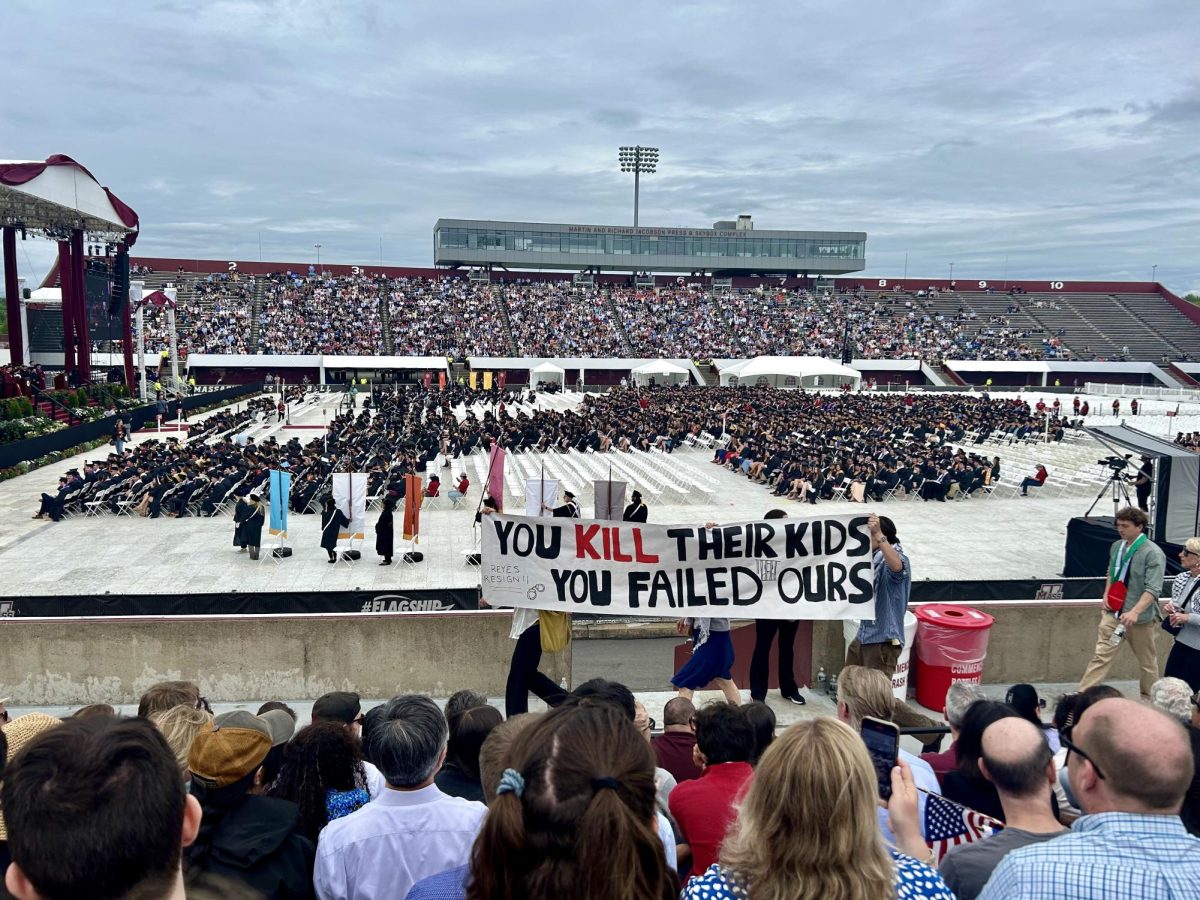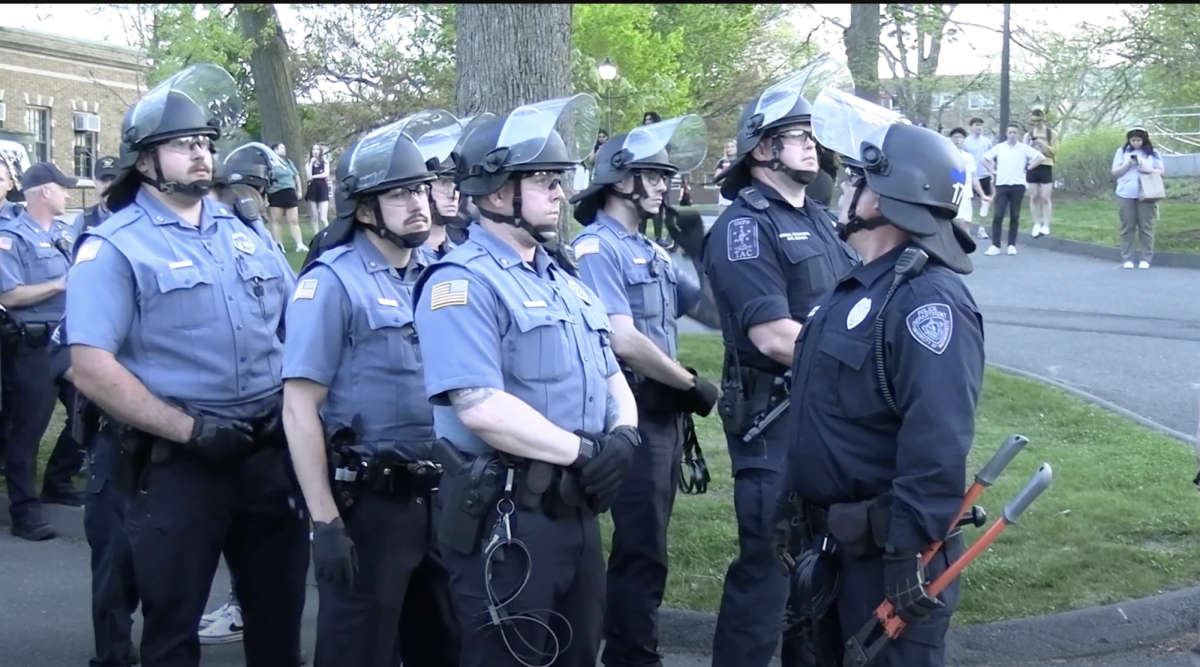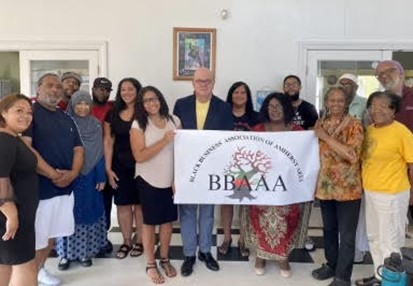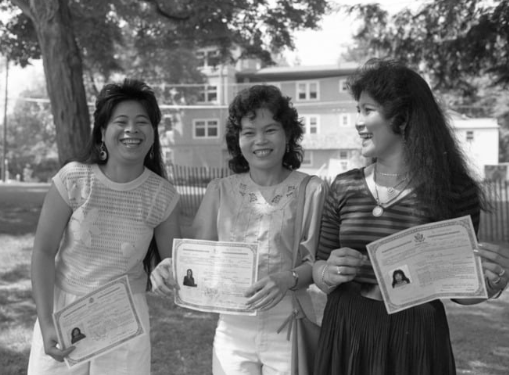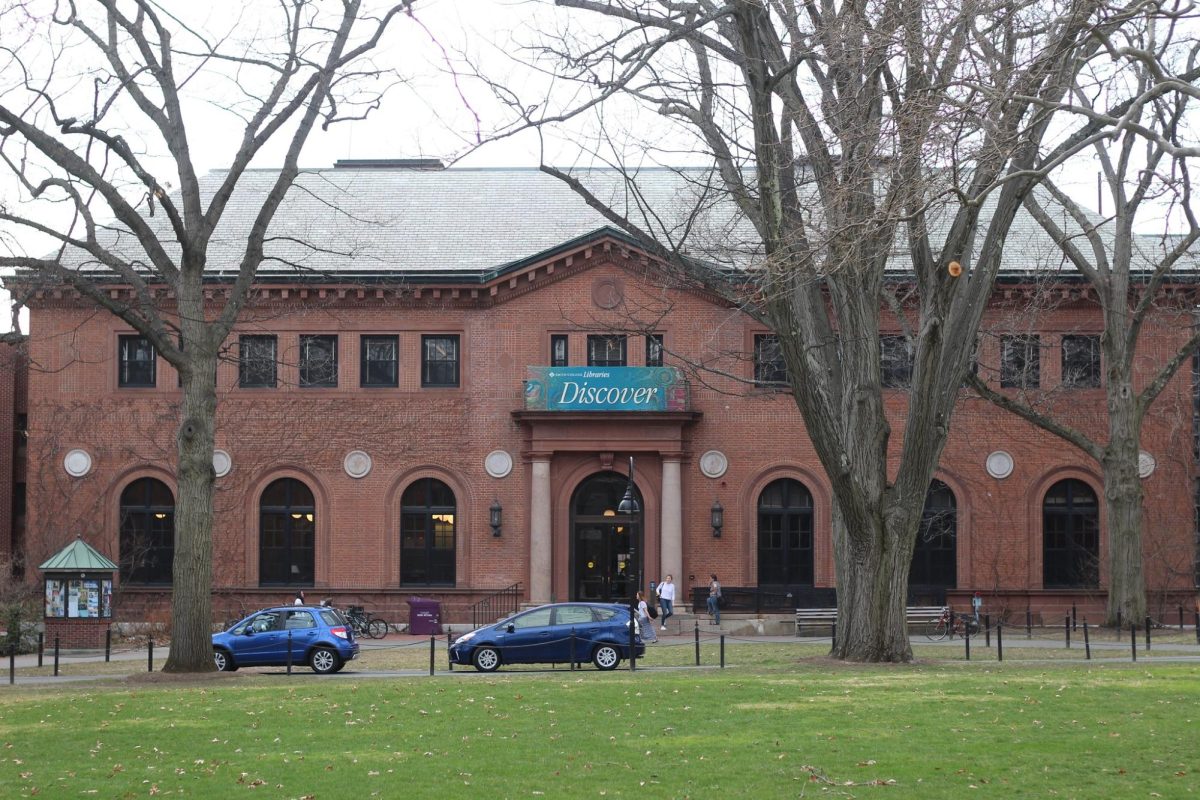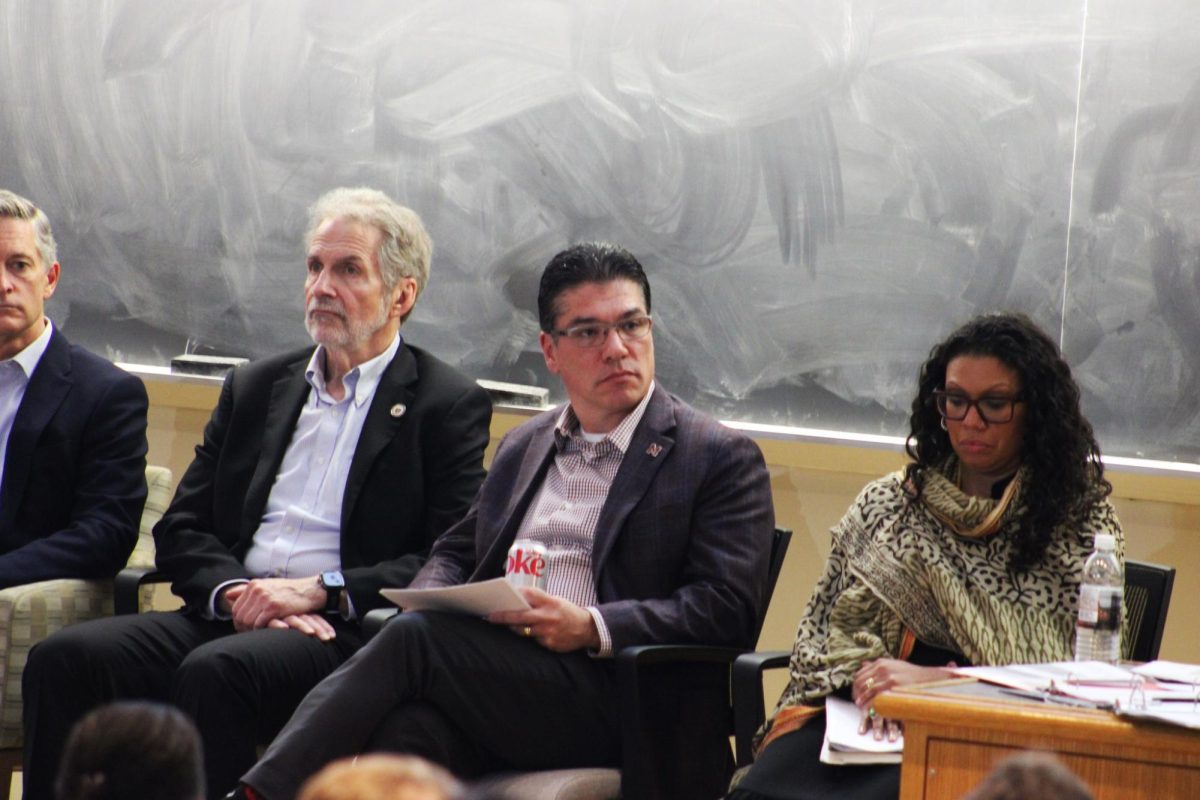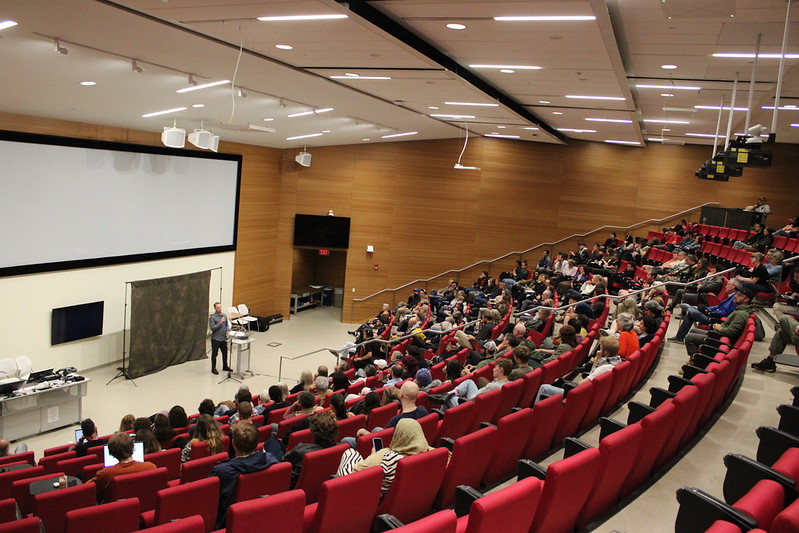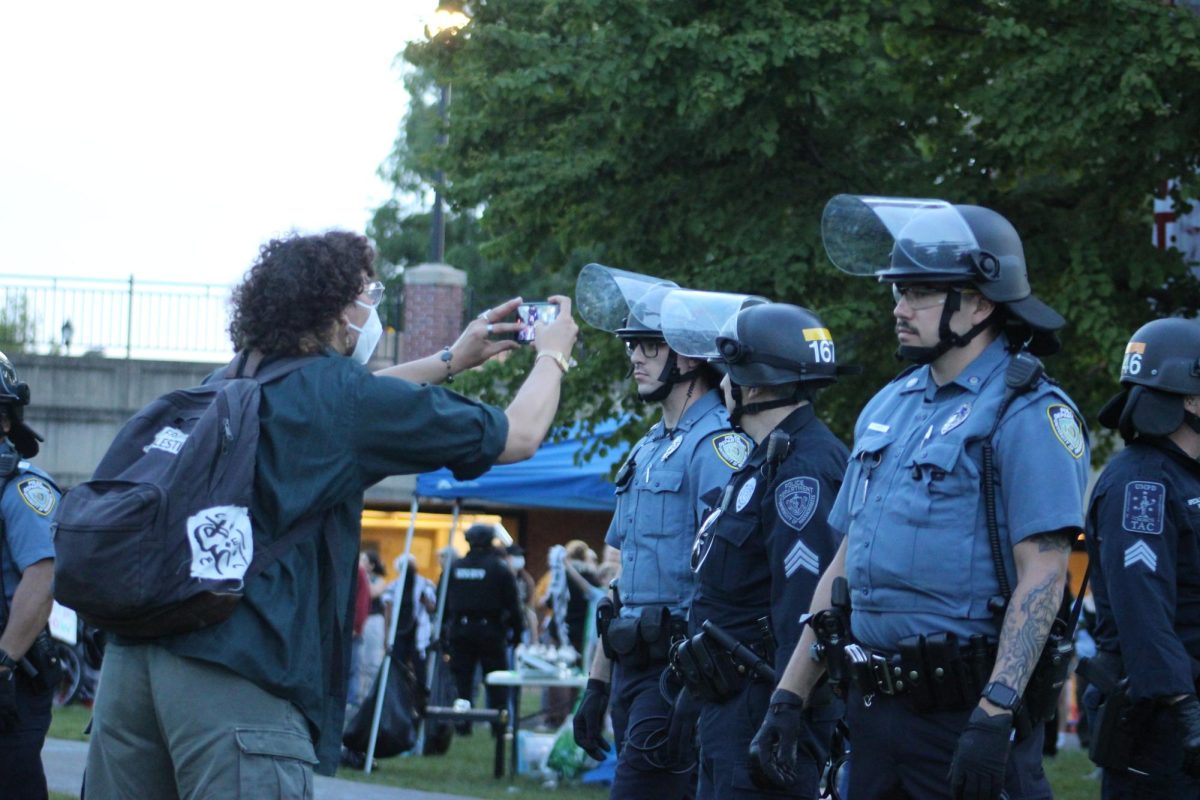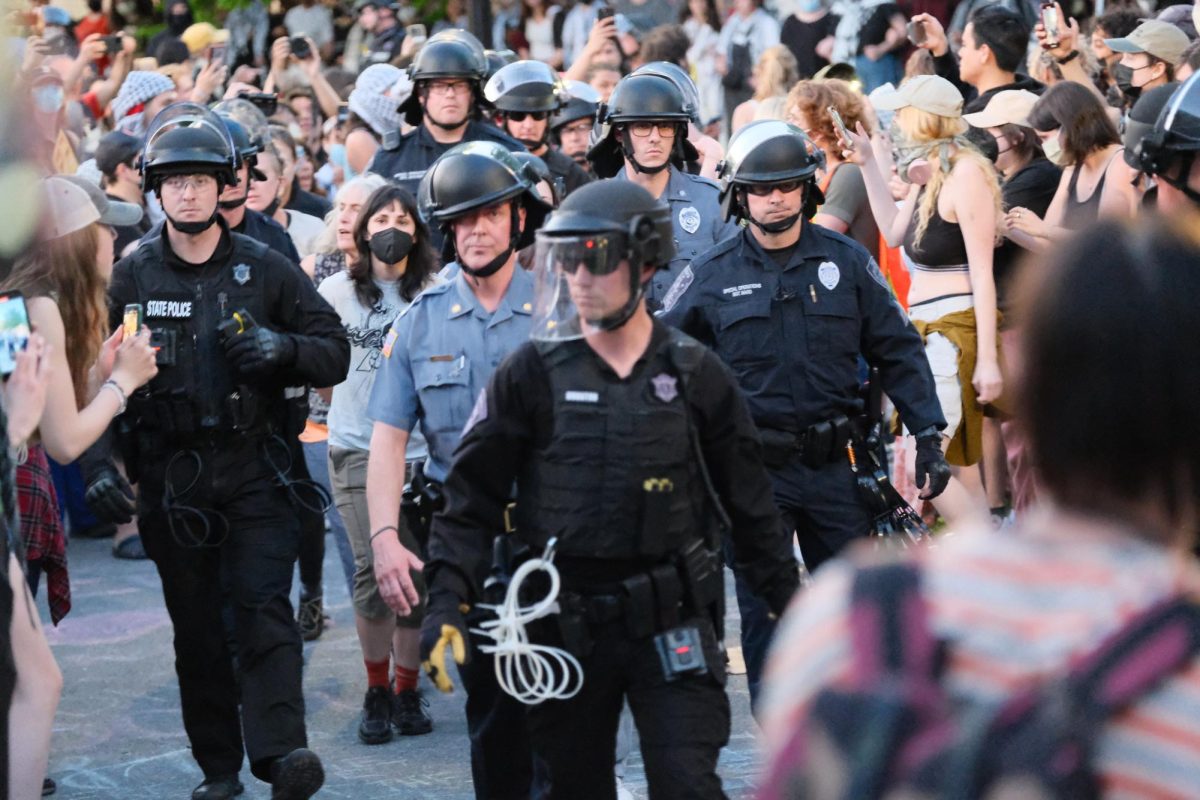
How do you find 25-30,000 readable pages and photographs of Jewish history sealed in aluminum milk cans buried under a city obliterated by Nazis in 1940s Poland?
Samuel Kassow, Charles H. Northam Professor of History at Trinity College in Hartford, Conn, answered that question in his lecture called “History and Catastrophe: Emanuel Ringelblum in the Warsaw Ghetto” last Wednesday.
Kassow said historian Emanuel Ringelblum started the secret organization with the code name Oyneg Shabes in Nazi-occupied Warsaw, Poland to preserve Jewish history as the Jews knew it rather than by the Nazis’ account.
“Jews resisted not just with guns…but Jews resisted with pen and paper,” Kassow said.
Kassow spoke about the importance the oppressed Jewish people felt about writing down everything that occurred under the Nazi regime. He alluded to an old Jewish man who yelled “Jews write it down” in Yiddish as he was being dragged to prison by the Nazis.
There were 60 members in Oyneg Shabes and by 1943, only three had survived, he said. Ringelblum and his family survived until 1944.
Kassow said the organization had people posing as social welfare interviewers infiltrating the prison camps and writing down the experiences of the prisoners. He noted this was a dangerous mission because not only was there the chance of being discovered, but there were deadly and highly contagious diseases spreading in the prison camps.
Kassow said the Oyneg Shabes project was in full swing in 1942. He said the Nazis had begun the destruction of Warsaw.
“You can’t imagine the horror of the conditions,” he said.
Kassow said that 7,000 to 10,000 Jews were taken to the trains to prison camps per day. Kassow said that at this point, Ringelblum was on the verge of a psychological collapse, worrying not only about the organization, but also for the safety of his family as well.
After the war, the remaining survivors’ mission became finding the buried documents, Kassow said. Among the three survivors, only one knew where they were. Kassow also pointed out that because Warsaw was completely ruined and the streets were essentially gone, this task proved nearly impossible.
He said the search committee got money from the Jewish Labor Committee and began the search for the hidden archives. Because the streets were gone, Kassow said they used aerial photographs to survey the land to get a feel for where the locations of the archives were.
Then on Sept. 18, 1946, the searcher’s shovels hit the first archive. According to Kassow, this first archive was buried in August 1942, and was done so with so much urgency that it wasn’t properly sealed and water seeped through, causing some damage.
Kassow said the second archives were found in December 1950 under a Polish building in the former Warsaw ghetto area. He said the third archive was found under a brush maker shop.
“Even if we don’t live to see it, we will bury life capsules in the ground,” he said.
The Oyneg Shabes organization was made up of a diverse group of people who put aside clashing political differences in order to achieve one common goal – preserving memory of Jewish life, said Kassow.
Kassow said the organization operated under the guise of security and social welfare. They ensured their confidentiality by making sure to be independent from the Jewish Council and kept the location of the archives hidden by only having a select few members know where they were.
The organization worked to preserve the “history for the people and by the people in order to transform the people,” he said.
Kassow said the organization had many objectives other than preserving the history of the Jewish people, but also to educate about life under the German occupation of Poland like women and children in Ghettos.
Kassow told some stories about Jewish police outing some fellow Jews in order to save their own necks. Kassow said these events were documented as well even if some believed it to be an atrocious memory of their history because he said they wanted to maintain objectivity and document the full extent of their history in order to portray the Jews as real people and cultivate credibility.
Kassow said Ringelblum was “hoping against hope that the Jews would survive.” He also said in 1942, BBC reported that 700,000 Jews had already perished in Poland at the hands of the Nazis.
Kassow said the organization’s efforts were not in vain because not only did they preserve the history of the Jewish people, but some of their materials made it to London during the war.
Kassow holds a Ph.D. from Princeton University and a master of science from the London School of Economics. Kassow’s latest book is “Who Will Write Our History: Rediscovering a Hidden Archive from the Warsaw Ghetto,” which was published in 2009.
Nancy Pierce can be reached at [email protected].





